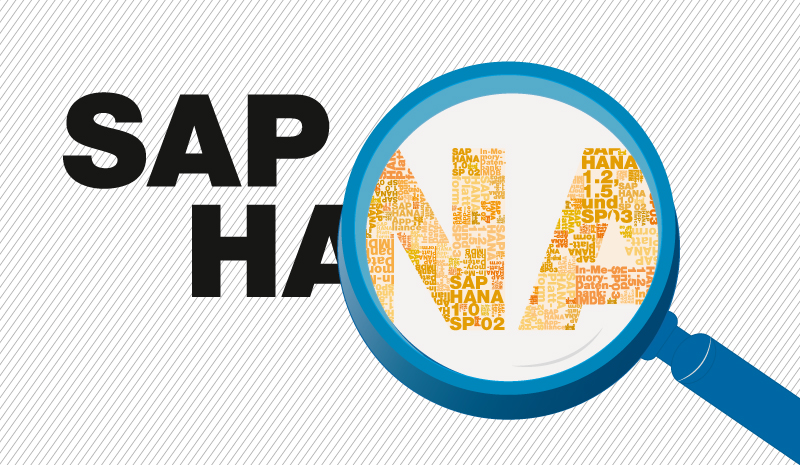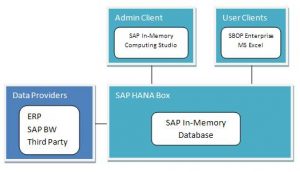A traditional analysis of large volume of data is usually slow because the application logic must fetch the data from database which is not stored entirely in memory. When a query is being processed on a large volume, the database instance swaps the rows back and forth from the file system. Disk reads (and writes) are slow. The analysis is typically done on columns (ex: sum of salary, total number of invoices etc), where are the operations store the data in a row-wise structure. Although the processing is required on a few columns (since the analysis involves summation, averages etc.) of data, all rows are required to be read. Even if several application or DB cluster nodes are installed, the entire query has to run on a single instance of the application or database.
SAP HANA (High-Performance Analytic Application) provides database within memory. It uses columnar-databases (with this methodology, if one is working on aggregates, only the columns worth of data is read and is therefore faster compared to reading entire table), MPP (massively parallel processing: a query can be processed by multiple instances) and data compression to help one create analytic models on real-time data much faster.
SAP High-Performance Analytic Appliance (SAP HANA):
- SAP HANA is a flexible, data source agnostic appliance that allows customers analyze large volumes of SAP ERP, SAP BW and non-SAP data in real-time avoiding the necessity to materialize transformations.
- SAP HANA is a hardware and software combination that integrates a number of SAP components including the SAP in-memory computing engine and Sybase Replication Server.
- SAP HANA is delivered as an optimized appliance in conjunction with leading SAP hardware partners.
SAP In-Memory Computing Engine:
- The SAP in-memory computing engine is a hybrid in-memory database that combines row based, column based and object based database technology and it is optimized to exploit parallel processing capabilities of modern multi core/CPU architectures. With this architecture SAP applications can benefit from current hardware technologies.
- The SAP in-memory computing engine is at the heart of SAP offerings like SAP HANA that help customers to improve their operation efficiency, agility, and flexibility.

